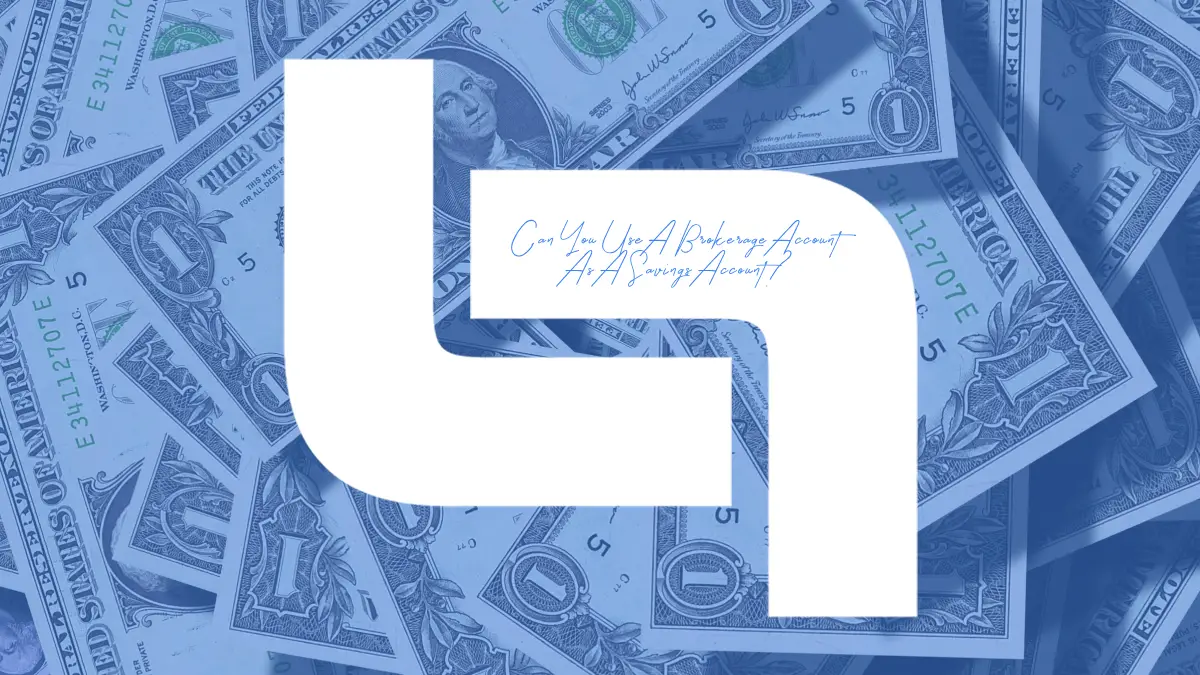Ever wondered if your brokerage account could double as a savings account? This article delves into the similarities and differences between the two, examining safety features, potential returns, and associated costs. We’ll explore when it makes sense to use a brokerage account for savings and the strategies to manage it effectively. In addition, you can find an investment education company to start your learning journey by visiting BitiQ.

Comparing Brokerage Accounts and Savings Accounts
Safety and Security Measures
When pondering where to park your hard-earned cash, the safety nets provided by different account types is a key factor. Traditional savings accounts typically offer FDIC insurance, which covers up to $250,000 per depositor, per bank. This coverage provides a solid safety blanket for your funds against bank failures.
Brokerage accounts, while not insured by the FDIC, are protected under the Securities Investor Protection Corporation (SIPC). This protection covers up to $500,000 in securities, including a $250,000 limit for cash, in the event of a brokerage firm’s failure. However, it’s crucial to note that the SIPC does not guard against the decline in value of your investments due to market changes.
Why does this matter to you? Understanding these protections helps in making informed decisions about where to keep your savings, especially when considering the balance between risk and security.
Return on Investment
Considering the potential growth of your funds is as important as their safety. Savings accounts offer stability with regular, though often modest, interest rates. Currently, the returns on these accounts hover around a mere 0.06% annually, which might not keep pace with inflation.
On the flip side, brokerage accounts present the opportunity for higher returns through investments in stocks, bonds, and mutual funds. While these investments come with risks, they have historically provided returns that significantly outpace those of savings accounts, especially over the long term. For instance, the average stock market return has been about 10% per year before inflation.
This stark contrast in potential growth begs a critical question: Are you looking to merely preserve your capital, or are you aiming to grow it?
Fees and Expenses
Diving into the world of accounts, it’s essential to keep an eye on fees that can nibble away at your savings. Savings accounts are often low-cost or free but might require minimum balance amounts to avoid monthly fees.
Brokerage accounts, while offering more growth potential, often come with a variety of fees including trade commissions, account maintenance fees, and potential advisory fees. For example, trading stocks might cost anywhere from $0 to $20 per trade depending on your brokerage.
Before deciding, ask yourself: How might these fees impact your overall investment returns?
Strategic Use of Brokerage Accounts for Saving
When Does It Make Sense?
Using a brokerage account as a savings vehicle might sound unconventional, but it can make sense under the right circumstances. For individuals with a longer-term perspective and higher risk tolerance, investing in a diversified portfolio can yield substantial returns, potentially aiding in achieving long-term financial goals like retirement or purchasing a home.
Consider this scenario: You’re in your early 30s and planning for retirement. A well-managed brokerage account could significantly increase your financial resources by the time you retire, compared to a standard savings account.
Risks and Considerations
It’s not all smooth sailing, though. The major risk in using a brokerage account for savings lies in the volatility of the investment market. Unlike savings accounts, investments can decrease in value, sometimes rapidly. For those closer to needing their funds, or who are more risk-averse, this might not be the right approach.
It’s also vital to consider liquidity. While you can usually withdraw funds from a savings account quickly, selling investments in a brokerage account might take time and could be influenced by market conditions.

Practical Steps to Using a Brokerage Account as a Savings Tool
If you’ve decided that a brokerage account is right for you, here are some practical steps to effectively manage it:
Start with a plan: Define your financial goals, risk tolerance, and investment horizon.
Build a diversified portfolio: Spread your investments across different asset classes to mitigate risk.
Monitor and adjust: Regularly review your investment performance and make adjustments as needed to align with your goals.
Remember, while brokerage accounts offer the potential for higher returns, they require active management and a clear understanding of the risks involved. Have you considered speaking with a financial advisor to map out the best strategy for your situation?
Conclusion
Navigating the complexities of personal finance means knowing all your options. This exploration into using brokerage accounts as a savings alternative sheds light on both opportunities and risks, helping you make more informed financial decisions.

